Suitable Site Conditions for Wood Flooring
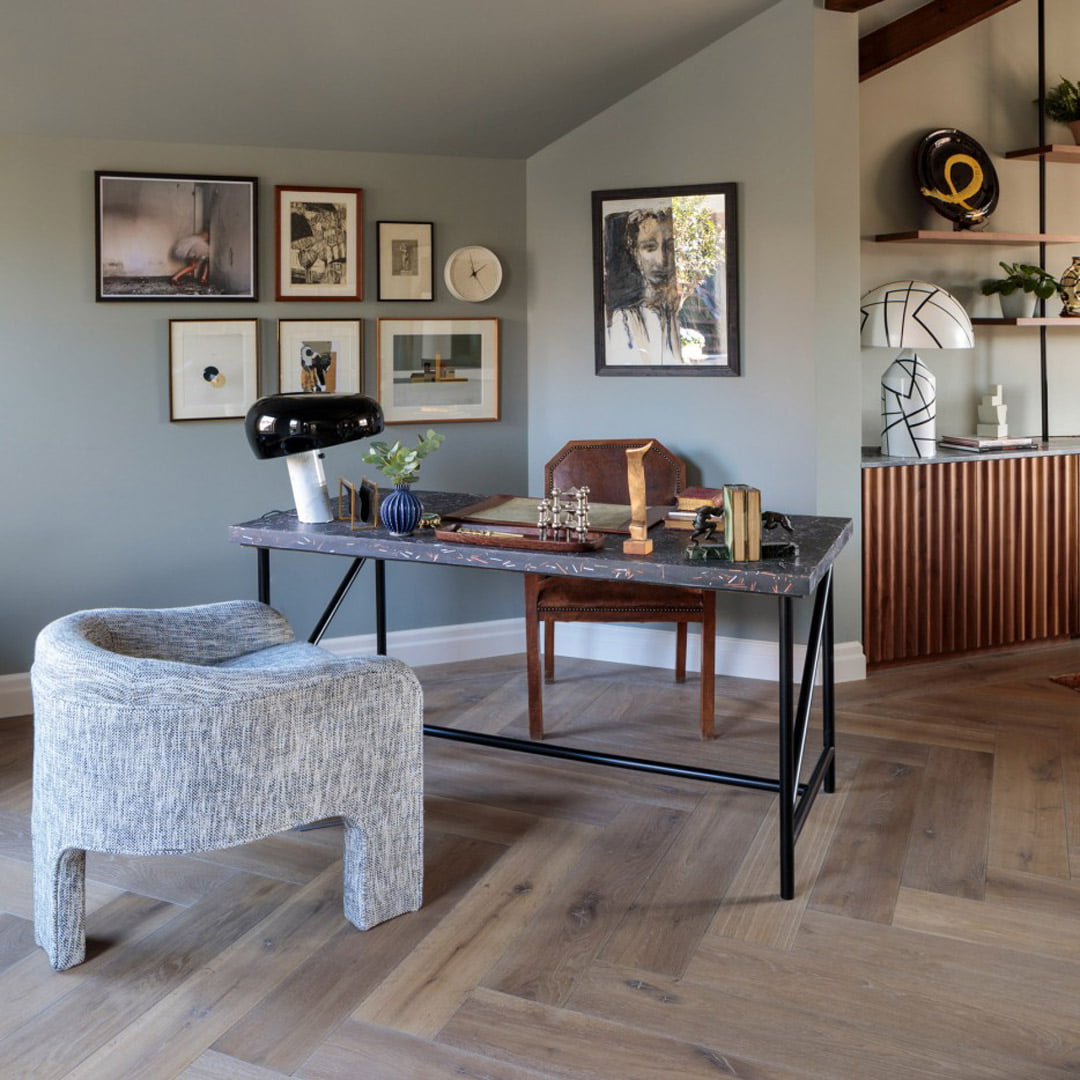
The arrival on site of your beautiful wood flooring is an extremely exciting moment. It’s a day which you’ll be eager to see, but it’s important to be patient at this stage. Due to the nature of timber, your wood flooring should always be fitted at the final stage of any building project — and only when the site is ready.
If you want your wood flooring to be a long-standing feature in your home, resist the urge to rush the delivery and installation of your planks before the site is in a suitable condition. So, how can you tell when your site is ready for your wood flooring to be delivered?
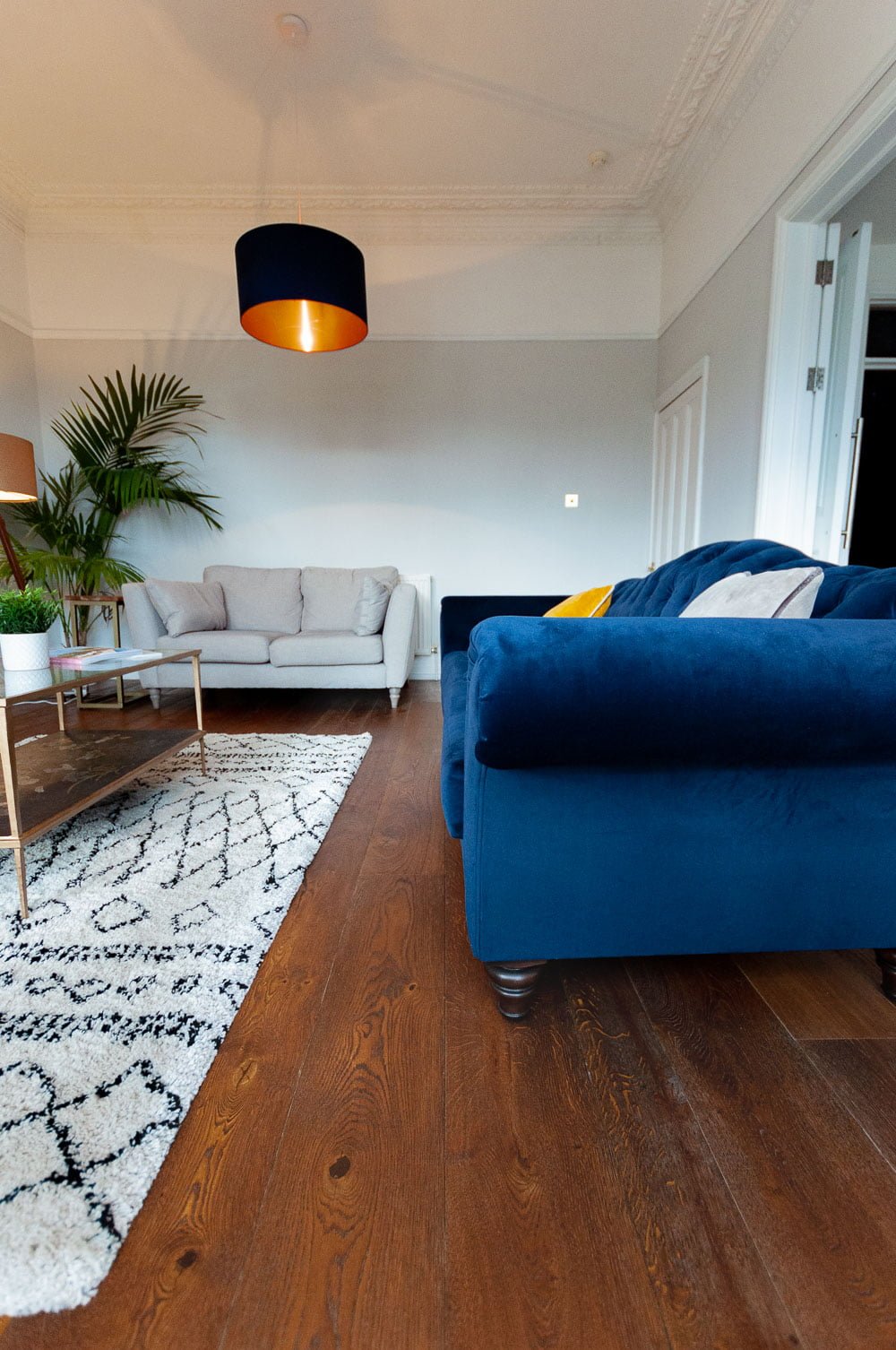
How do you know when your site is ready for wood flooring?
There are several reasons why delivery and installation of wood flooring happens at such a late stage in any construction project. The main reason is to avoid the timber being exposed to any significant environmental changes.
Site readiness: exterior doors and windows
Responsible suppliers and fitters will advise that certain conditions are necessary for wood flooring to be safely delivered to site; for a start, it’s essential that all outside doors and windows are in place.
If there are any substantial changes in relative humidity during or after the installation period, it’s likely to cause a lot of problems. This is due to the natural expansion and contraction that occurs with timber. To create a safe environment for your wood flooring, the building must be watertight and habitable.
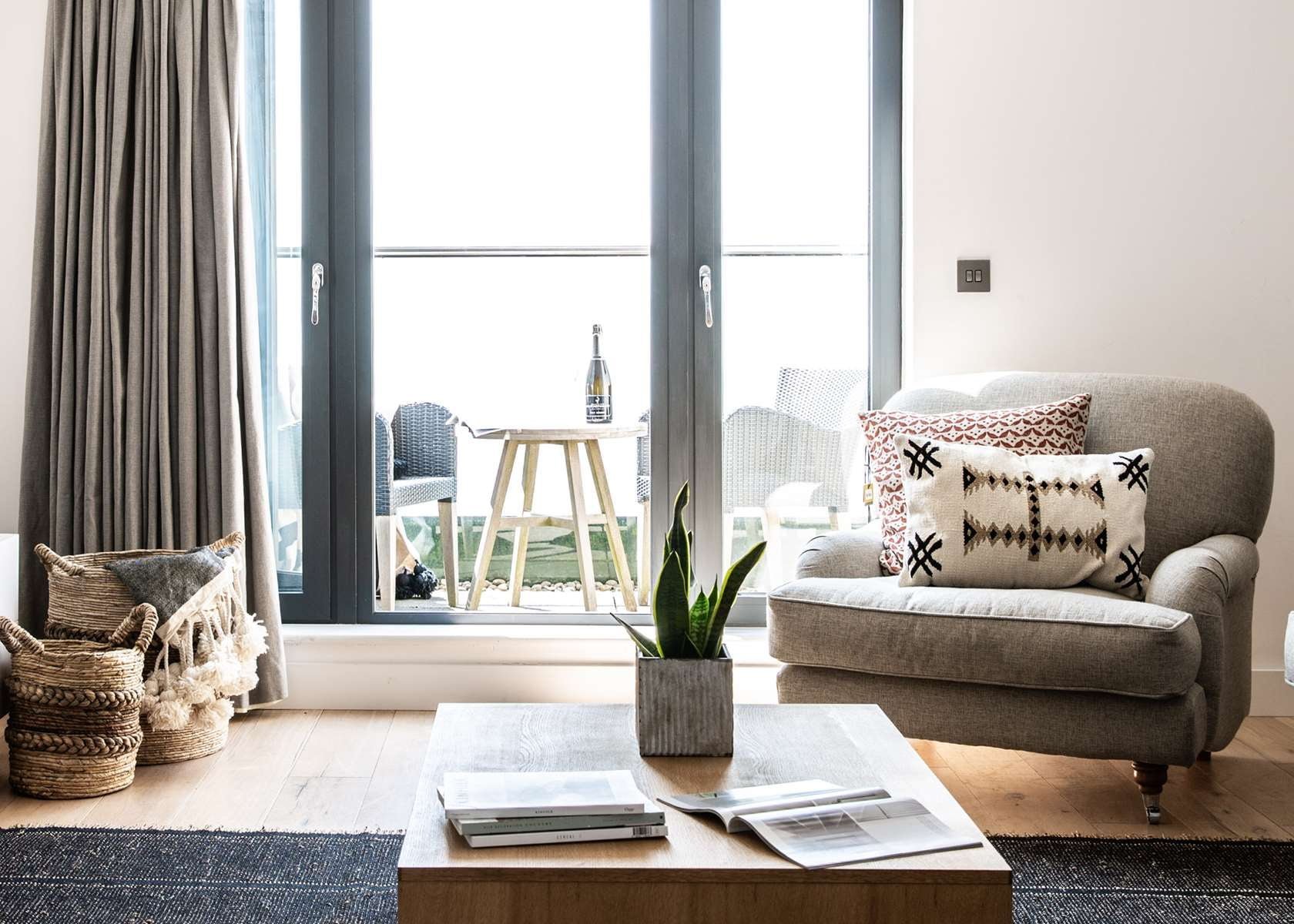
Be patient, avoid damage
Patience is a virtue. If your wood flooring is delivered while there’s still a lot of building work taking place on-site, there’s more chance of accidental damage. As well as the potential for the planks to distort and misbehave on an unready site, they’re also likely to get in everyone’s way; as a result, they are likely to get knocked.
Keep the site’s relative humidity in check
To achieve suitable conditions on site, you must ensure that all ‘wet’ work has been completed and is thoroughly dry. This includes all concrete, masonry, and plastering. You should allow a minimum of a month of drying time for every inch depth of new concrete, screed or render.
Ideally, you should have any wall coverings in place and all painting — except for any final coats that are needed — should be complete. These jobs can add more moisture to the environment and hinder your ability to keep the relative humidity steady.
It’s a good idea to monitor the site’s relative humidity regularly. Keep an eye on it for a few weeks before the expected delivery date to ensure it’s stable and within acceptable levels (40-65% RH).
Conditions beneath your wood flooring: your subfloor
Moisture content
To ensure the site is ready, the subfloor you fit your wood flooring on must be checked for moisture content. It’s good practice to record the moisture meter (hygrometer) readings. We advise that you monitor the subfloor moisture levels on the run-up to the scheduled delivery date. If the subfloor moisture content is too high, it’s best to delay delivery until the moisture content is at an acceptable level. See our fitting guide for more details.
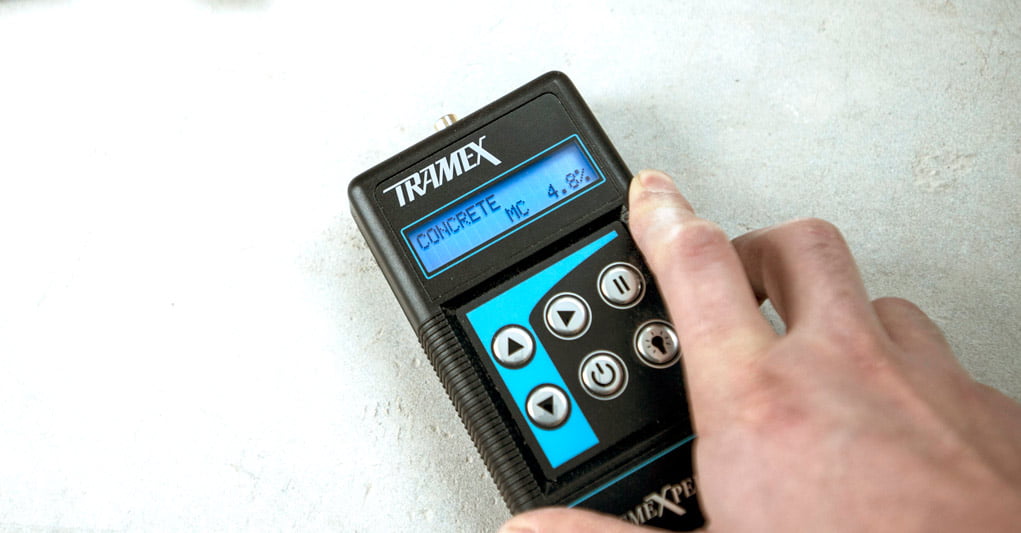
In addition to checking the moisture levels in your subfloor, you must ensure any basements and crawl spaces are also dry and well-ventilated.
Is your subfloor clean, flat and secure?
In preparation for the arrival of your wood flooring, check that your subfloor is clean and flat; you should remove any high spots and raise any low spots. When you’re fitting onto existing timber floors, you should replace any damaged or diseased timber, and any squeaky or loose boards should be securely fixed.
Make your wood flooring feel at home
To make sure your site is ready for your wood flooring to arrive, you should ensure the environment is consistent in temperature and humidity levels. We suggest that you set your heating at normal day-to-day levels (15°C – 24°C). Keep these comfy conditions steady for at least two weeks before installation. Where possible, maintain this environment during and after your wood flooring is installed.
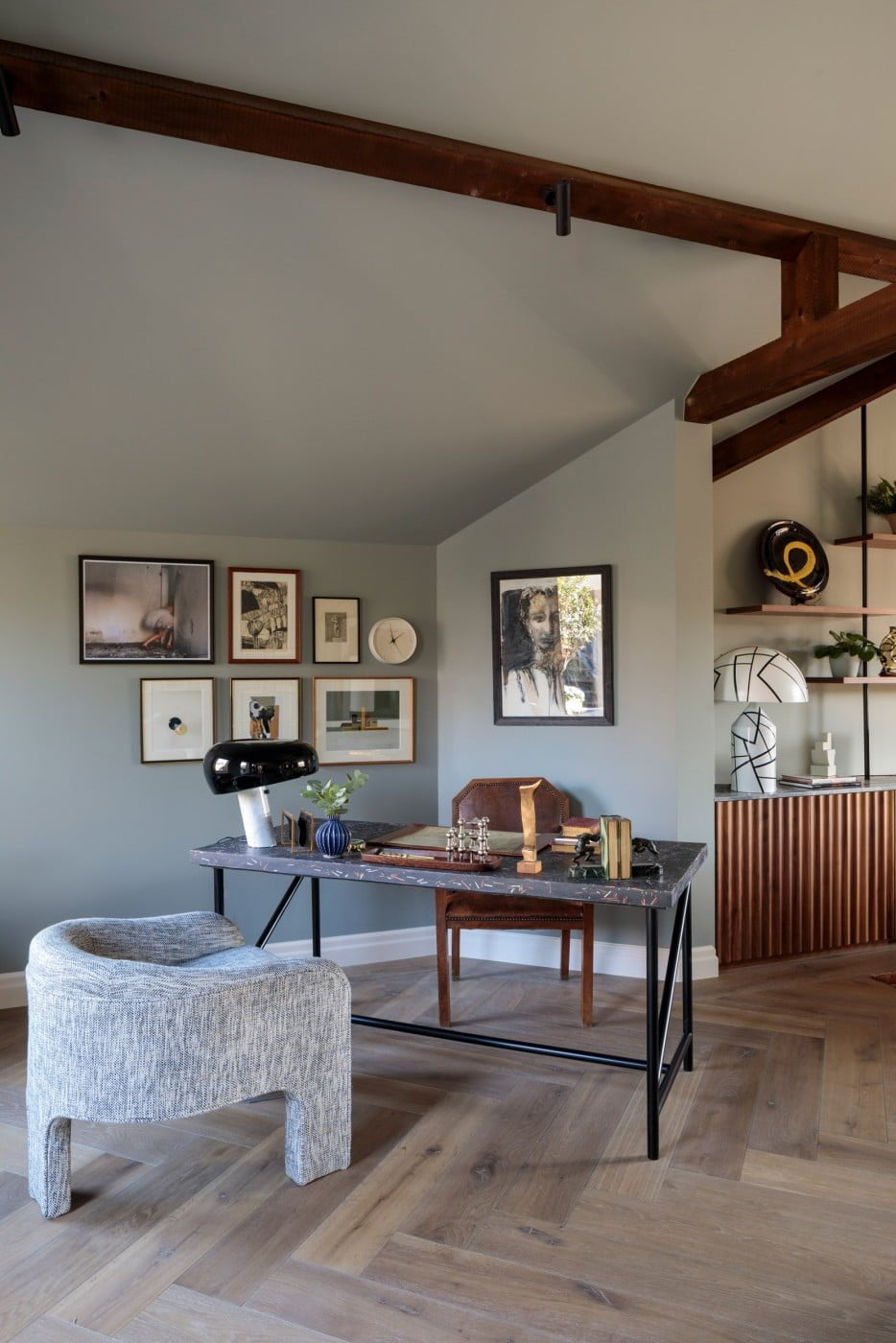
Think of your wood flooring as a living material that won’t be happy in a cold, draughty house. Make it feel at home and it will settle in perfectly.
Acclimatisation
Before you lay your planks, it’s vital that they have fully acclimatised to their surroundings. When they’re delivered, you should remove any wrapping and stack the boards on wooden battens to allow airflow. We advise, where possible, that you acclimatise your planks in the room in which they are going to be fitted.
When it comes to creating beautiful, long-lasting wood flooring, the aim is to keep the planks’ moisture content as stable as possible. The optimum moisture content for wood flooring in the UK is 8 – 11%.
How long should you acclimatise your wood flooring?
We recommend the following pre-fitting acclimatisation periods (as a minimum): 72 hours for engineered boards, 10 to 14 days for solid wood boards, 3 weeks for reclaimed boards.
When the site is ready, keeping consistent environmental conditions will help the planks to acclimatise properly. This should allow you to install your wood flooring successfully and on-schedule.
